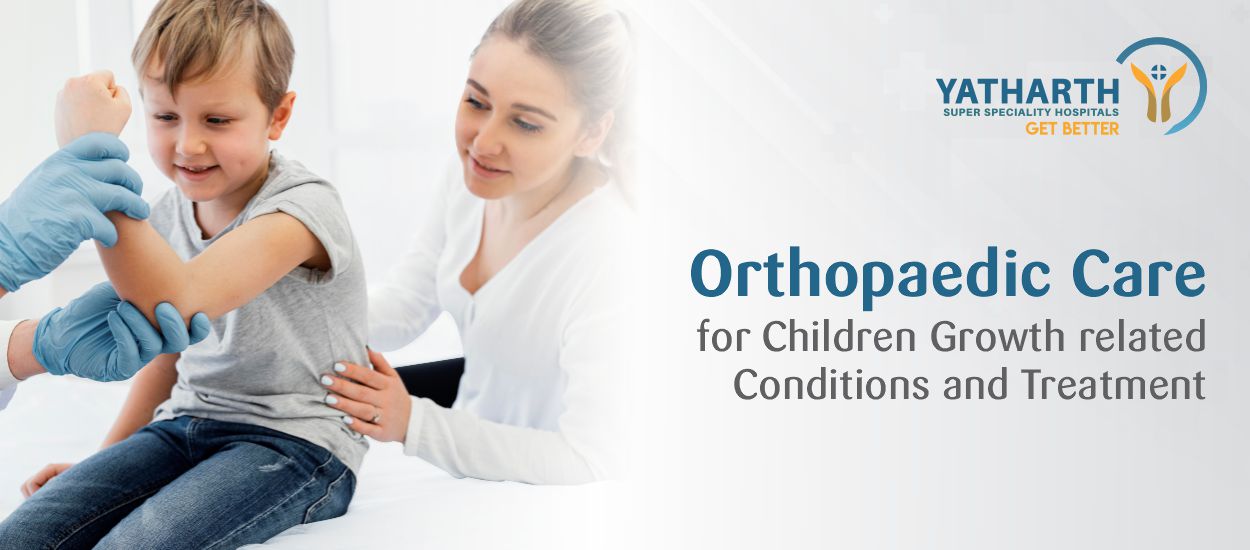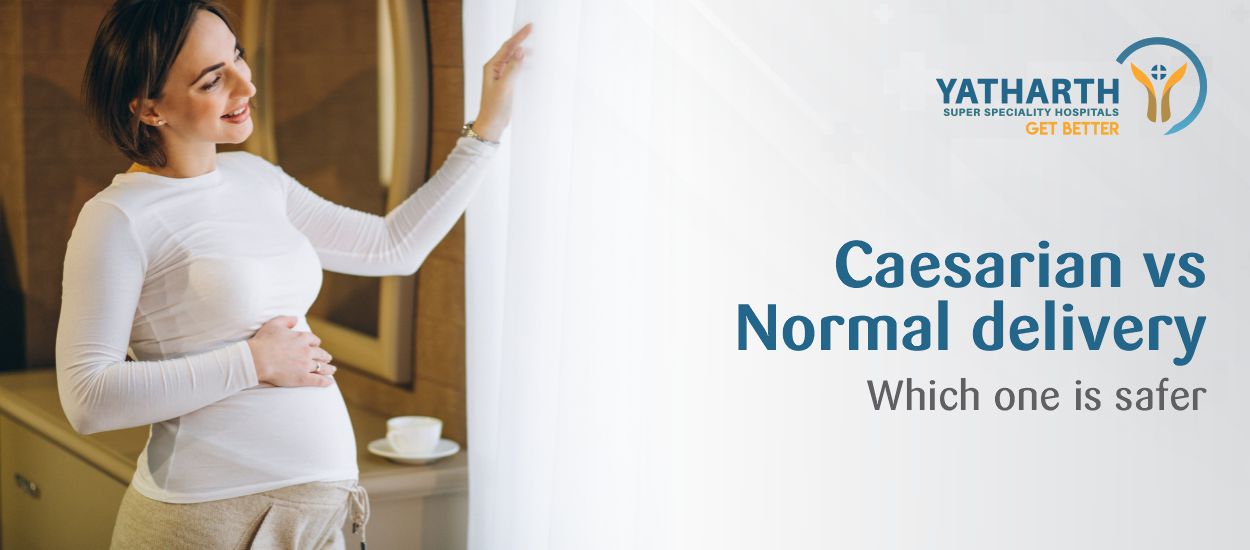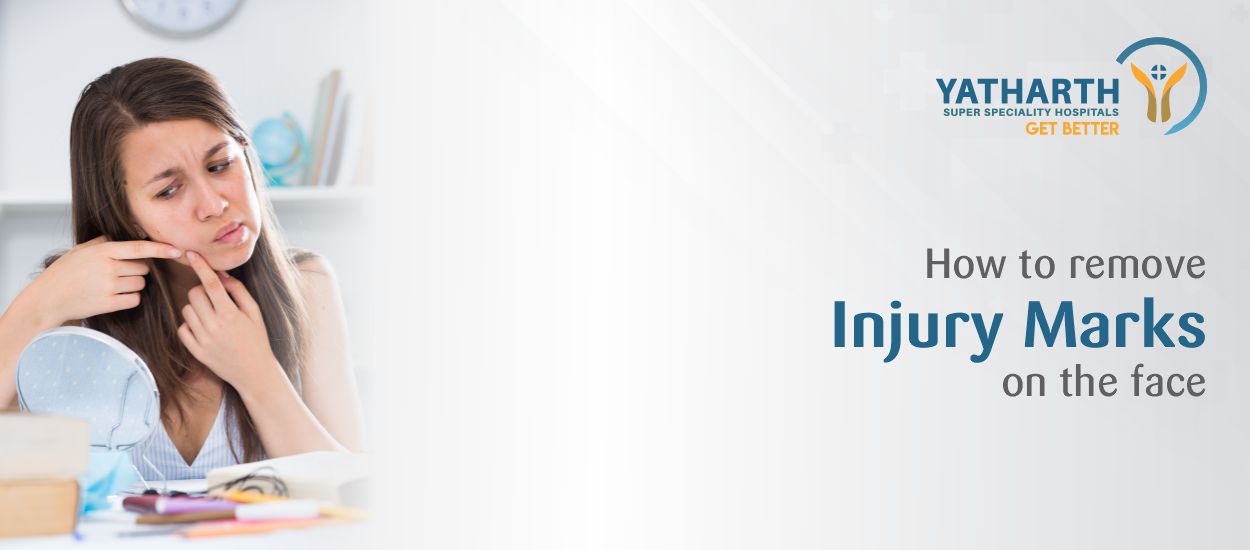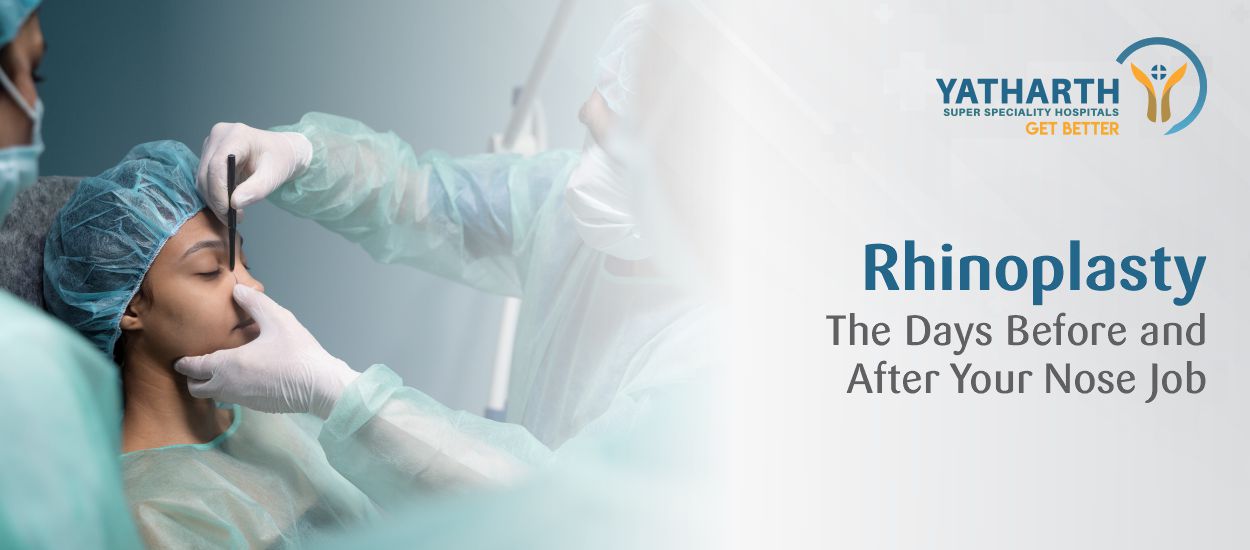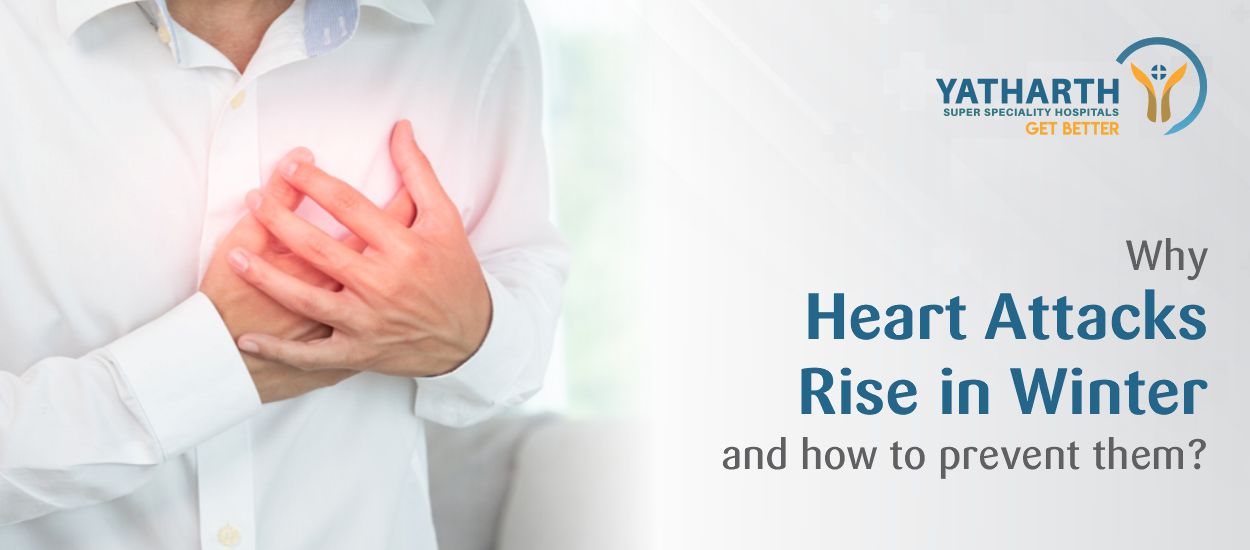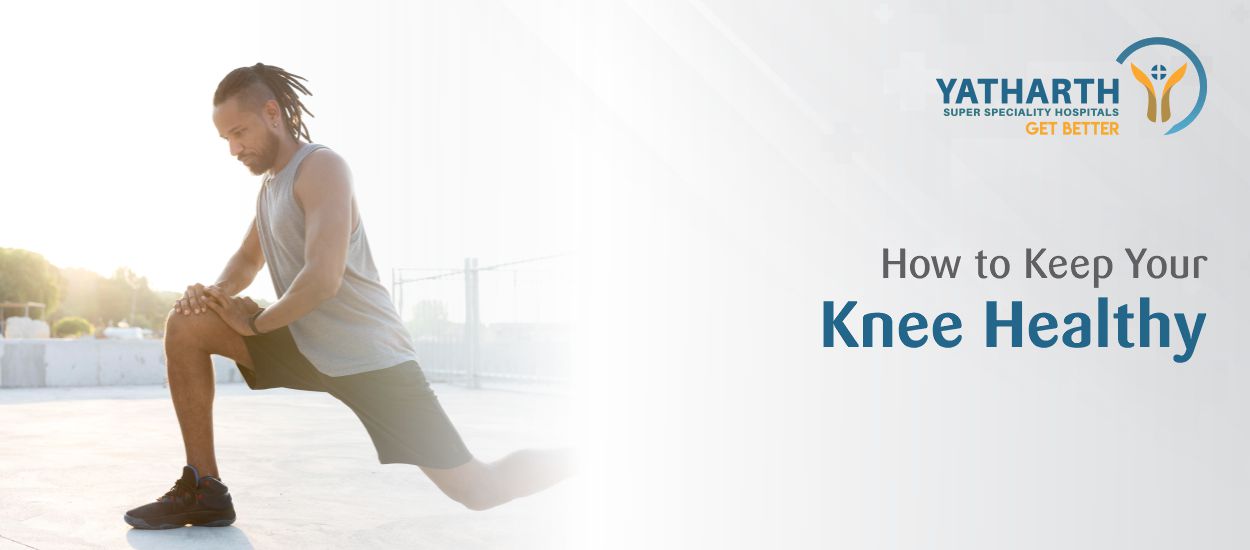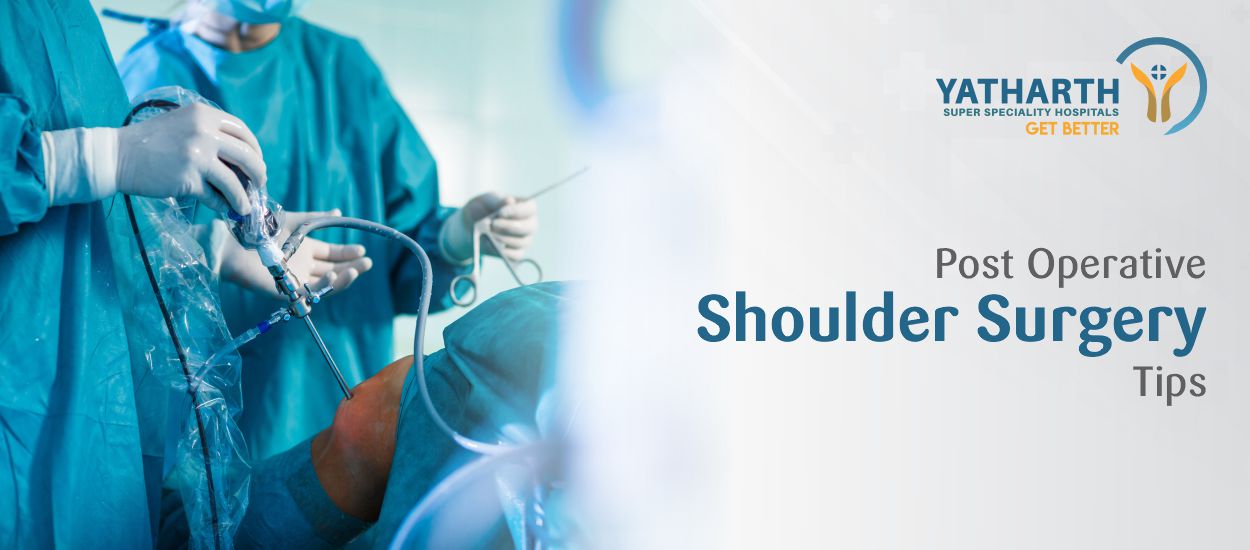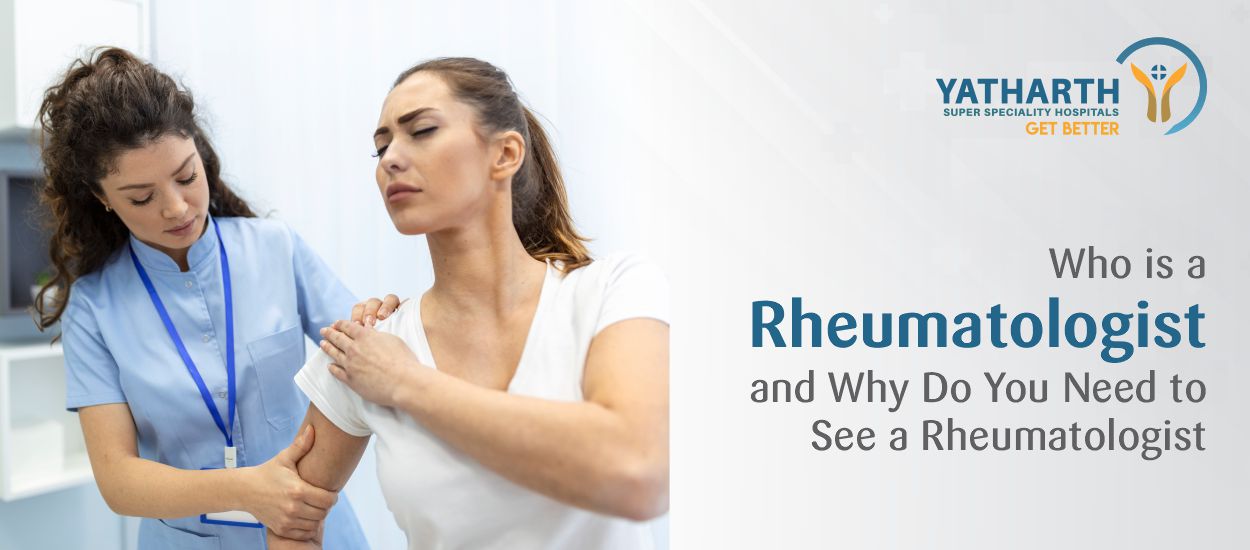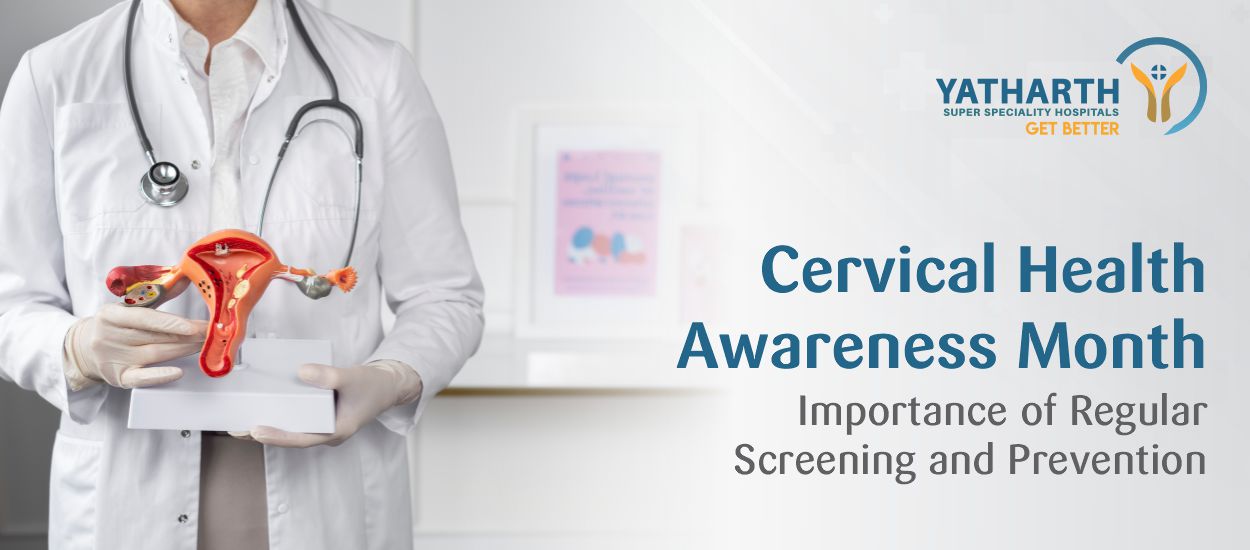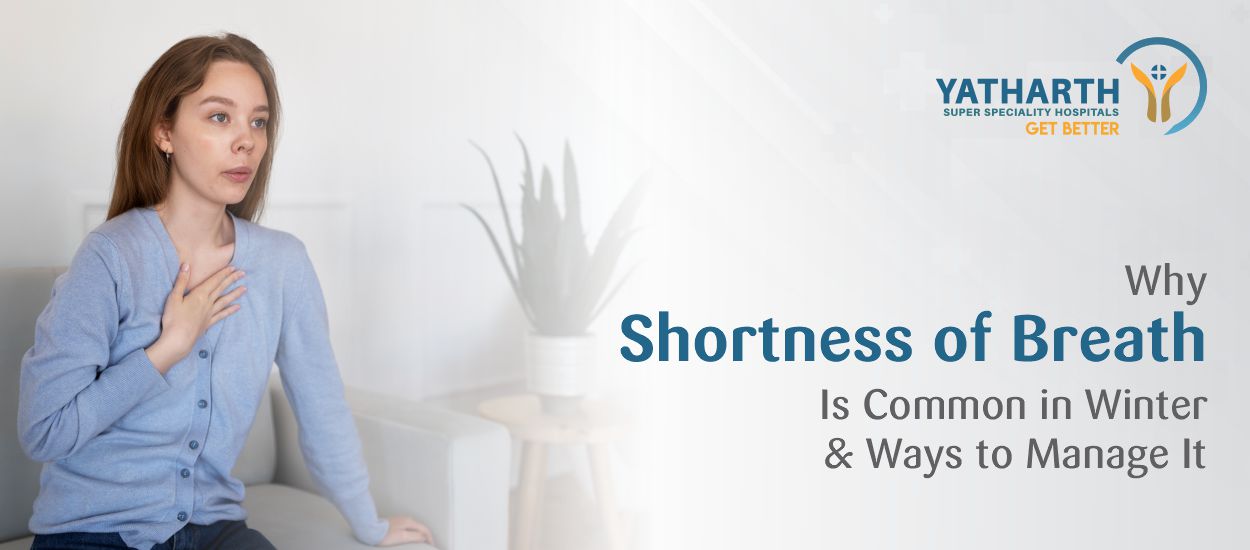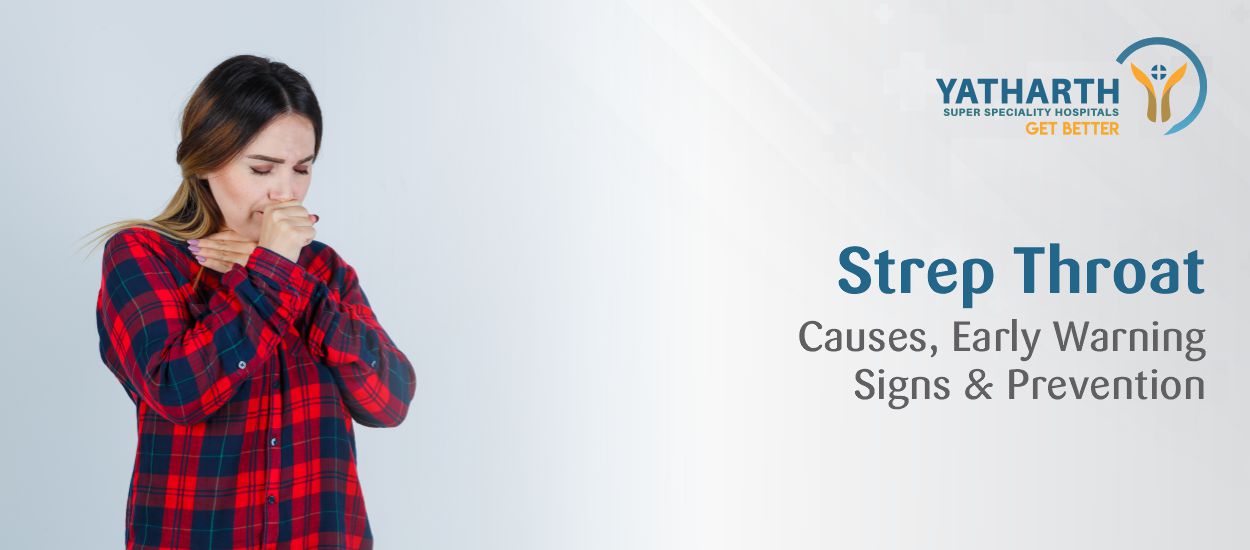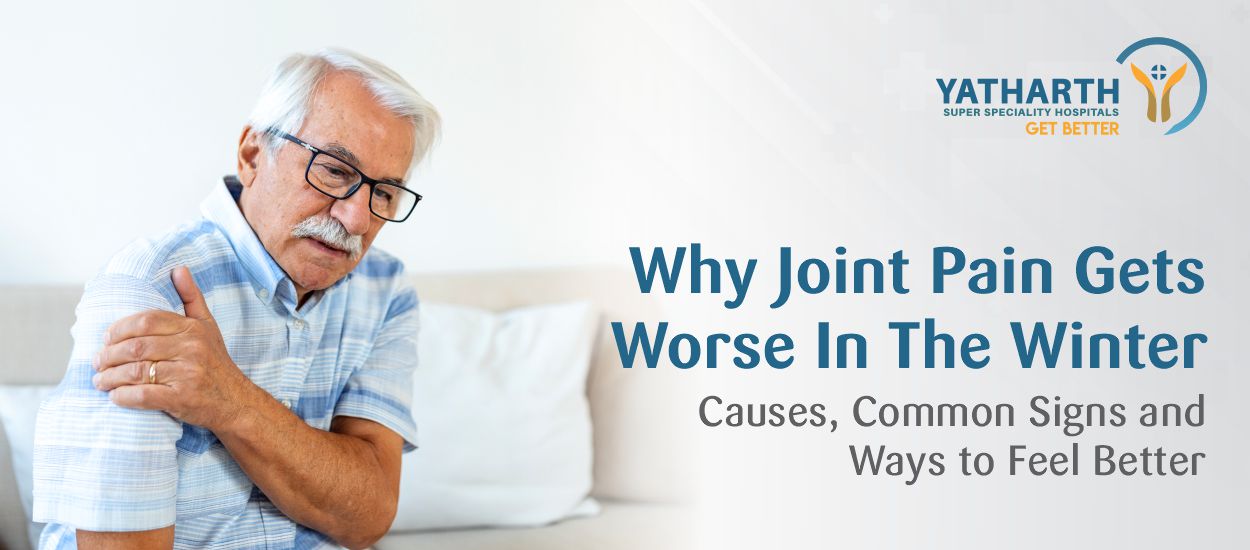As children grow and develop, their bones, joints, and muscles go through various changes, making them susceptible to certain orthopaedic conditions. Understanding these growth-related issues is crucial for early detection, accurate diagnosis, and appropriate treatment. In this blog, we will explore common growth-related orthopaedic conditions in children, including Developmental Dysplasia of the Hip (DDH), Scoliosis, Osgood-Schlatter Disease, Sever's Disease, and Paediatric Fractures. We will delve into the diagnosis, treatment, and management of these conditions, shedding light on the specialised field of paediatric orthopaedics and the importance of expert care for young patients.
Understanding Growth-related Orthopedic Conditions in Children
Growth spurts during childhood can put stress on developing bones and joints, leading to specific orthopaedic conditions. These growth-related issues require specialised knowledge and experrequiring requires them effectively. Identifying and treating these conditions promptly by a doctor specialized in paediatric orthopaedics prevents complications and ensures proper bone and joint development.
Developmental Dysplasia of the Hip (DDH): Diagnosis, Treatment, and Management
Developmental Dysplasia of the Hip (DDH) is a condition where the hip joint is not properly formed, leading to instability and potential dislocation. Early detection and treatment are essential to promote normal hip development. Paediatric orthopaedic specialists use various diagnostic methods, such as physical examination and imaging, to diagnose DDH. Treatment options may include the use of a harness or brace to position the hip properly, while severe cases may require surgery to correct the hip joint and prevent long-term issues.
Scoliosis: Causes, Progression, and Treatment Options
Scoliosis is a sideways curvature of the spine that often develops during growth spurts in adolescence. While some cases are mild and do not require treatment, others may progress and lead to spinal deformity. Paediatric orthopaedic specialists monitor scoliosis closely through regular evaluations and imaging. Treatment options may include observation, bracing to prevent further curvature, and, in severe cases, surgery to correct the spine's alignment.
Osgood-Schlatter Disease and Sever's Disease: Managing Growth-related Pain
Osgood-Schlatter Disease and Sever's Disease are growth-related conditions that cause pain around the knee and heel, respectively. These conditions occur when there is an imbalance between bone growth and the tightness of surrounding tendons. The Paediatric orthopaedic specialists use physical examination and imaging to diagnose these conditions and recommend treatment strategies such as rest, activity modification, physical therapy, and pain management to alleviate discomfort and promote healing.
Paediatric Fractures: Treatment Approaches and Rehabilitation
Children are prone to fractures due to their active lifestyles and developing bones. Paediatric orthopaedic specialists use various imaging techniques to accurately diagnose fractures and determine the appropriate treatment approach. Treatment may involve casting, splinting, or in some cases, surgery to realign the bone properly. Rehabilitation plays a crucial role in the healing process, and physical therapy helps children regain strength, mobility, and function in the affected area.
Closing Thoughts
Paediatric orthopaedics is a specialised field that focuses on the unique bone, joint, and muscle issues faced by children. Understanding common growth-related orthopaedic conditions, such as Developmental Dysplasia of the Hip (DDH), Scoliosis, Osgood-Schlatter Disease, Sever's Disease, and Pediatric Fractures, is essential for early detection and timely treatment.
Seeking expert care from paediatric orthopaedic specialists ensures accurate diagnosis, personalised treatment plans, and optimal outcomes for young patients. With early intervention and proper management, children with orthopaedic conditions can lead healthy, active lives and enjoy the best possible musculoskeletal development.
